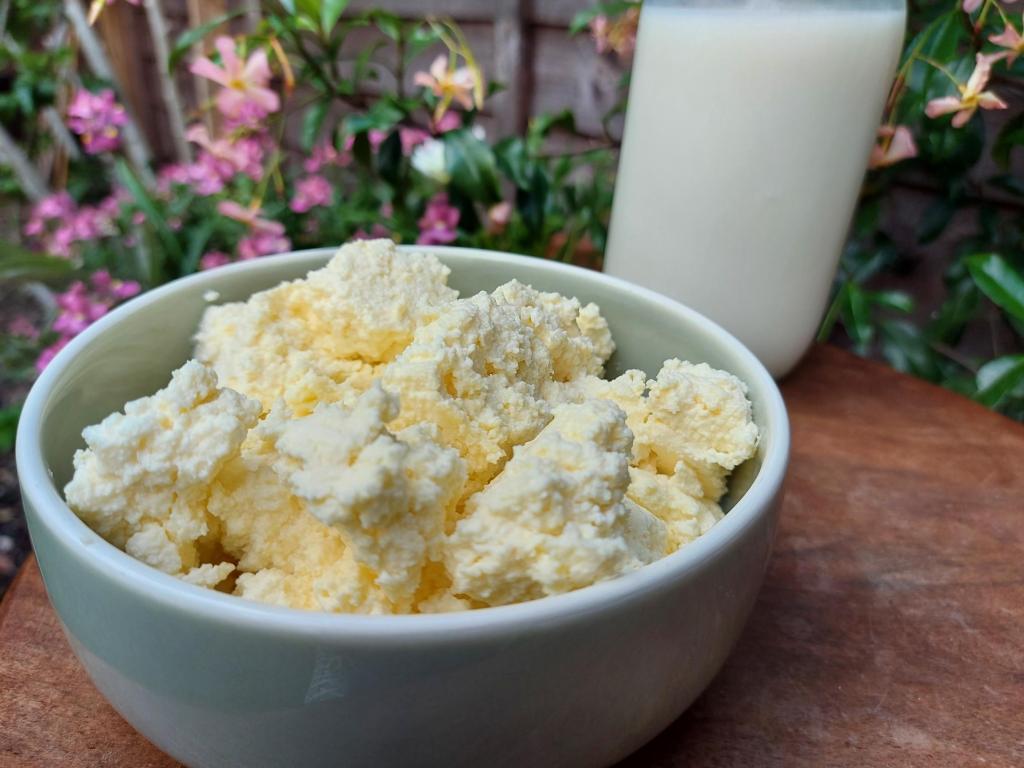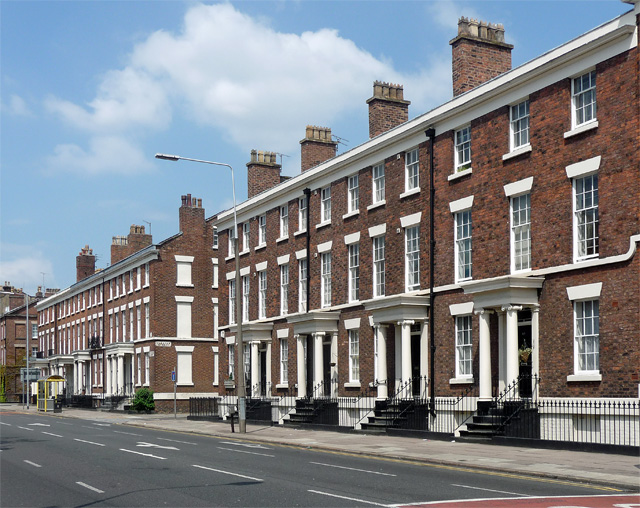
This is the first hand-written recipe in Althea’s book. It is dated to 1866 and credited to ‘M.N.’ in Liverpool. I presume that this is Mary Newton, Althea’s sister-in-law, as Althea and her husband appeared to spend the first few months of their marriage living with the Newtons in Catharine Street, Liverpool.
In Victorian times, Liverpool was one of the wealthiest cities in the world. Catharine Street was in what is now known as the ‘Georgian Quarter’; however, many of the buildings were actually constructed in the later Regency and Victorian periods. Many of the residents of the area had made their money from shipping and banking. Mary’s husband, Thomas Banner Newton, was an actuary and the son of ‘gentleman’ Thomas Newton, who lived for several years in Buenos Aires. Althea was living just a few hundred metres from the hustle and bustle of the docks and the dazzling array of global produce that passed through them each day: coffee, chocolate, spices, rum, brandy, sugar.

This recipe, however, has not a trace of the exotic. It has also been copied into Maimie’s later recipe book, where it is called ‘North Country Curds’ so is clearly a speciality of the region. The Harrison family had long-standing connections to Lancashire, encompassing Manchester, Liverpool and up into what is now Cumbria.

The Lake District, with its tradition of hill farming sheep, has never been known for its cheese-making but the corridor of Lancashire between Cumbria and the industrial cities was renowned for dairying. Lancashire Cheese is unique in Britain because it blends curds from different days’ milking sessions, so it’s perhaps no surprise to find a recipe for curds from this region. Indeed, just over the Pennines, Yorkshire is renowned for its sweet curd tarts. This recipe though includes something strange – the addition of eggs to what appears to be a savoury dish.
I have looked high and low – in Victorian recipe books, contemporary newspapers, speciality books about cheese and cheese cookery – to find a similar recipe to this but have not discovered one that adds eggs at the stage of making the curds. Curds did appear to be a popular breakfast dish so perhaps they enriched them in this way for that purpose. Or perhaps they used them to make tarts or fritters; there is no mention of this with the recipe, so I have no way of knowing. Certainly, even with the addition of the egg, these curds are bland to eat on their own.
I wondered too if maybe it was something from childhood, a comforting nursery or invalid food that Mary and James enjoyed as children. Althea would have been pregnant when she copied this recipe, as her first child Maimie was born exactly nine months after her wedding. Mary didn’t have children and, indeed, never had them but she would perhaps have remembered foods from her own childhood.
If anyone recalls recipes for curds that are prepared in this way, do get in touch!

Thanks to your ‘liking’ one of my posts, I’ve discovered your blog. This looks fascinating as a project: I’ll definitely be following your discoveries.
LikeLike
Thanks Margaret. I used to write a cheese blog and we followed each other back then. Had a break from blogging (life got in the way!) but so pleased to be back 🙂
LikeLike
Oh, it’s you! I was so disappointed when you stopped. Welcome back!
LikeLiked by 2 people
wow, I love it. Looks sooooo delicious.
LikeLiked by 1 person
Fascinating, I’ve never seen a recipe with eggs, either. What’s the texture like? And does salt make it more palatable? Loving this project btw.
LikeLike
The texture wasn’t much different to curds without eggs really. I don’t know that salt would lift them much! I made them into some fritters but I’d love to know what the point of the original recipe was. The eggs is such a bizarre addition. There are some absolutely fascinating recipes, especially in the oldest book (Althea’s). Every time I have a peek in it, I find something new 🙂
LikeLiked by 1 person
Such a wonderful inheritance.
LikeLike
Pingback: Store Barm or Yeast | Eating With The Ancestors